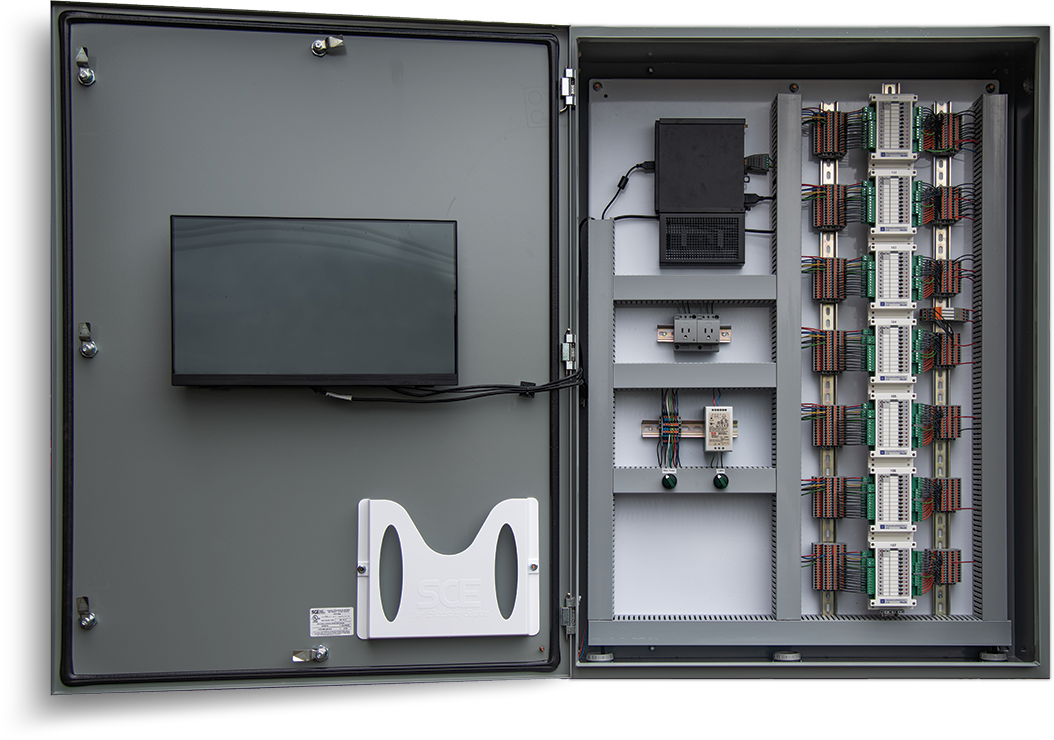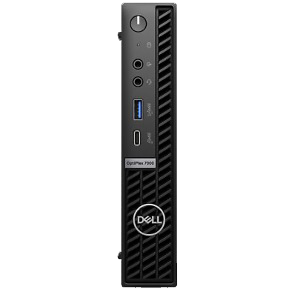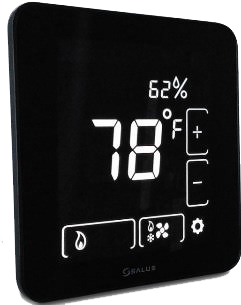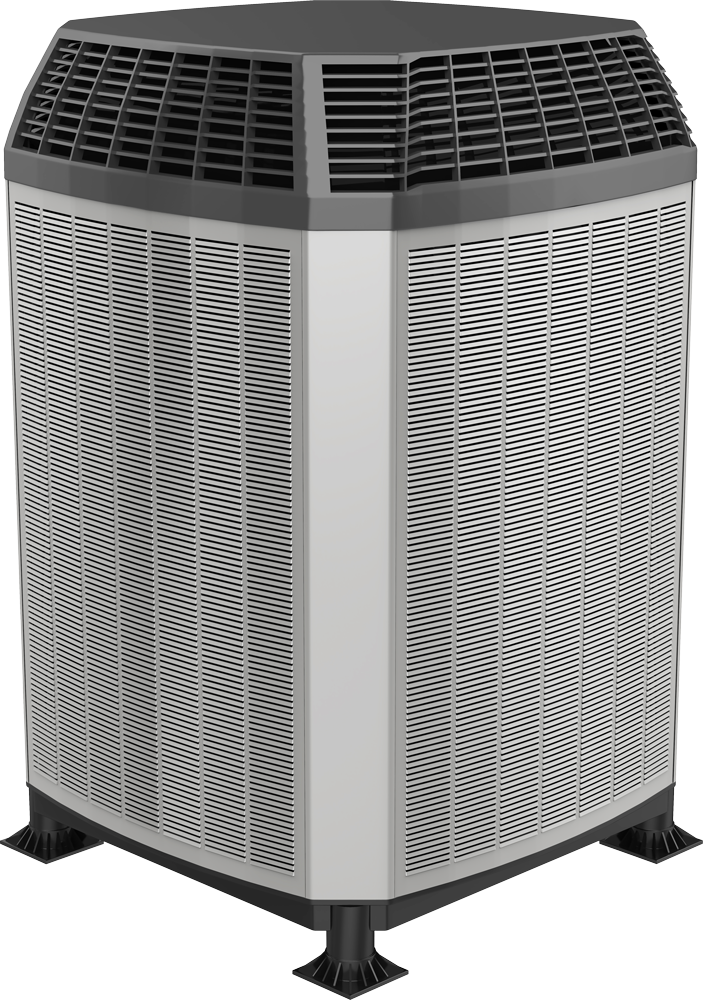Radiant Cooling
A radiant cooling system refers to a temperature-controlled surface that cools indoor temperatures by removing sensible heat and where more than half of heat transfer occurs through thermal radiation. Heat will flow from objects, occupants, equipment and lights in a space to a cooled surface as long as their temperatures are warmer than that of the cooled surface and they are within the line of sight of the cooled surface. The process of radiant exchange has a negligible effect on air temperature, but through the process of convection, the air temperature will be lowered when air comes in contact with the cooled surface.

Radiant cooling systems use the opposite effect of radiant heating systems, which rely on the process of heat flow from a heated surface to objects and occupants.
System Design
Hydronic Radiant cooling systems circulates cooled water in pipes that are in thermal contact with the surface. Typically the circulating water only needs to be 3.5 – 7 °F below the desired indoor air temperature. Once having been absorbed by the actively cooled surface, heat is removed by water flowing through a hydronic circuit, replacing the warmed water with cooler water. Since the majority of the cooling process results from removing sensible heat through radiant exchange with people and objects and not air, occupant thermal comfort can be achieved with warmer interior air temperatures than with air based cooling systems. As a result of the high cooling capacity of water, and the delivery of a cooled surface close to the desired indoor air temperature, radiant cooling systems potentially offer reductions in cooling energy consumption. The latent loads (humidity) from occupants, infiltration and processes generally need to be managed by an independent system. Radiant cooling may also be integrated with other energy-efficient strategies such as night time flushing, indirect evaporative cooling, or ground source heat pumps as it requires a small difference in temperature between desired indoor air temperature and the cooled surface.
System Types
While there are a broad range of system technologies, there are two primary types of radiant cooling systems. The first type is systems that deliver cooling through the building structure, usually slabs, also named thermally activated building systems (TABS). The second type is systems that deliver cooling through specialized panels. Systems using concrete slabs are generally cheaper than panel systems and offer the advantage of thermal mass while panel systems offer faster temperature control and flexibility.
Radiant cooling from a slab can be delivered to a space from the floor or ceiling. Since radiant heating systems tend to be in the floor, the obvious choice would be to use the same circulation system for cooled water. While this makes sense in some cases, delivering cooling from the ceiling has several advantages. First, it is easier to leave ceilings exposed to a room than floors, increasing the effectiveness of thermal mass. Floors offer the downside of floor coverings and furnishings that decrease the effectiveness of the system. Second, greater convective heat exchange occurs through a chilled ceiling as warm air rises, leading to more air coming in contact with the cooled surface. Cooling delivered through the floor makes the most sense when there is a high amount of solar gains from sun penetration, as the cool floor can more easily remove those loads than the ceiling. Chilled slabs, compared to panels, offer more significant thermal mass and therefore can take better advantage of outside temperatures swings. Chilled slabs cost less per unit of surface area, and are more integrated with the structure.
Radiant cooling panels are generally attached to ceilings, but can be attached to walls also. They are usually suspended from the ceiling, but can also be directly integrated with continuous dropped ceilings. Modular construction offers increased flexibility in terms of placement and integration with lighting or other electrical systems. Lower thermal mass compared to chilled slabs means they can’t easily take advantage of passive cooling from thermal storage, but panels can more quickly adjust to changes in temperature. Chilled panels are also better suited to buildings with spaces that have a greater variance in cooling loads. Perforated panels also offer better acoustical dampening than chilled slabs. Ceiling panels are also very suitable for retrofits as they can be attached to any ceiling. Chilled ceiling panels are easier to integrate with ventilation supplied from the ceiling. Panels tend to cost more per unit of surface area than chilled slabs.
Limiting Factors
Because of the potential for condensation forming on the cold radiant surface (resulting in water damage, mold and the like), radiant cooling systems have not been widely applied. Condensation caused by humidity is a limiting factor for the cooling capacity of a radiant cooling system. The surface temperature should not be equal or below the dew point temperature in the space. Also, the use of an additional system, such as a dehumidifier, can limit humidity and allow for increased cooling capacity.






